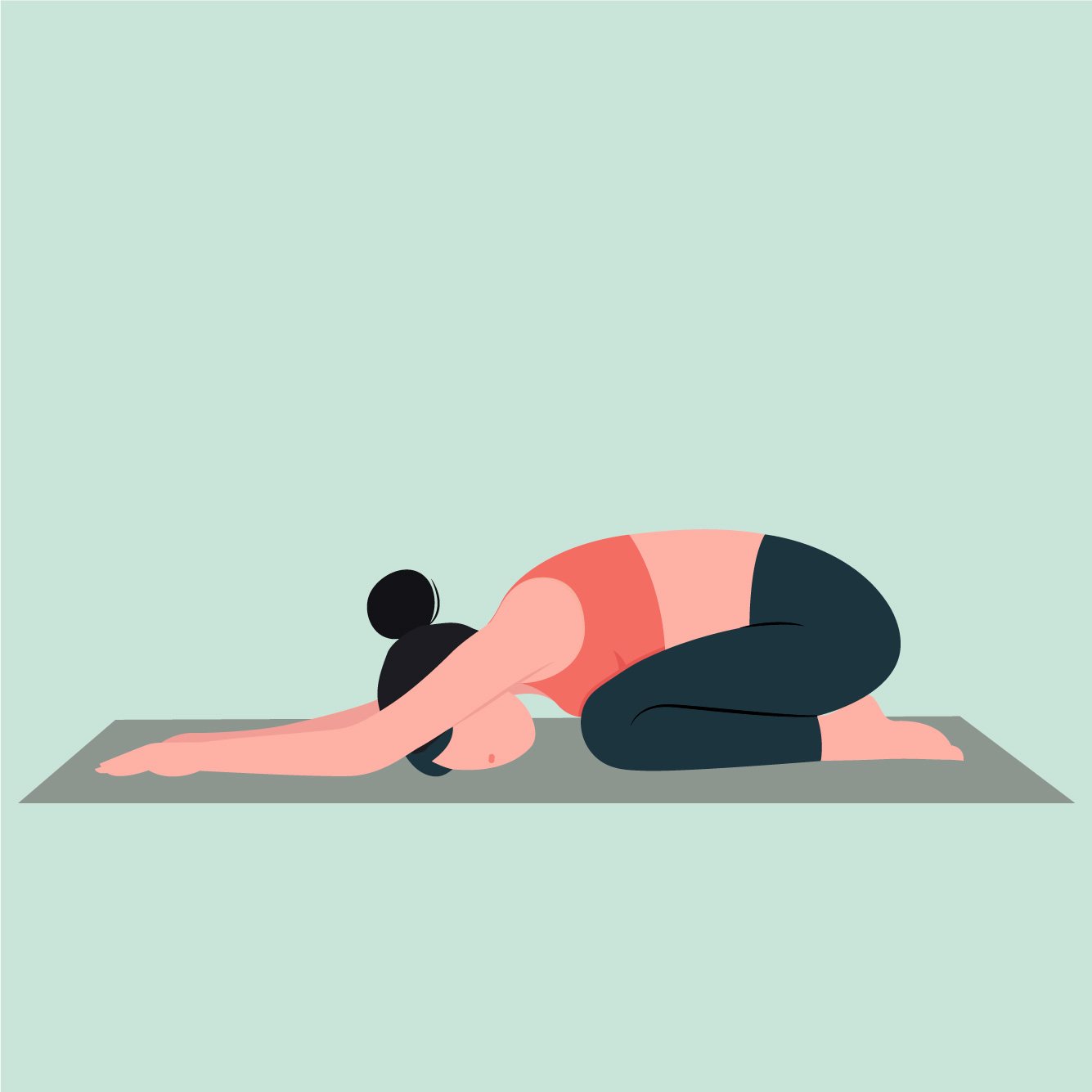Bridging the Gap: From Postpartum Exercise Clearance to Confident Return to Fitness
You’ve had your postpartum checkup, and your healthcare provider has given you the “all clear” to exercise. You might expect to bounce right back into your favorite workouts, but instead, you’re left wondering:
What exercises are safe for me now? Why doesn’t my body feel the same? Where do I even begin?
This is one of the most significant gaps in postpartum care: the space between medical “clearance” and actually returning to exercise safely, confidently, and sustainably.
Let’s break down how to bridge that gap.
Understanding What “Cleared for Exercise” Really Means
At your postpartum checkup (typically around 6 weeks), your provider is mainly assessing healing:
✅ Uterine involution (your uterus returning to normal size)
✅ Healing of any incisions or tears
✅ Absence of infection or concerning symptoms
But this clearance is not a green light for high-impact workouts or heavy lifting overnight. It simply means there’s no medical reason to prohibit activity. Your body still needs a thoughtful, progressive approach to regain strength and function.
For many of us, fitness plays a significant role in defining who we are and how we perceive ourselves. Devoting time to self-improvement through exercise is something every mom deserves.
And if you’re thinking it’s selfish, it’s not— maternal exercise was associated with lower childhood overweight/obesity rates (~80% reduction in early years). Perales & Barakat et al. (2020)
The Missing Link: A Holistic Movement Assessment
Before jumping back into exercise, it’s ideal to have not only a pelvic floor assessment, but a full body posture and movement analysis with an expert, such as a pelvic floor physical therapist or postpartum fitness expert. They can check:
Core strength and coordination
Diastasis recti (abdominal separation)
Pelvic floor function
Postural changes
Breathing patterns
Movement mechanics during basic tasks
This helps identify any areas that need more support, so your return to exercise is tailored, safe, and effective.
Start with Foundational Movements
Instead of diving back into your pre-pregnancy workouts, begin with gentle foundational exercises:
Breathing and Core Connection: Learn to activate your deep core and pelvic floor muscles with your breath.
Gentle Mobility: Restore range of motion in your spine, hips, and shoulders.
Postural Awareness: Pregnancy changes your posture; relearn how to stand, move, and lift with good alignment.
Basic Strength Work: Squatting, hinging, pushing and pulling are the four basic movement patterns. Mastering those with proper muscle activation and form is essential before adding external load (such as weights or resistance bands).
These basics lay the groundwork for higher-intensity workouts down the road.
Progress Slowly and Listen to Your Body
Your postpartum journey is unique. Some signs you may need to modify or slow down include:
Heaviness or pressure in your pelvis
Urinary leaking
Bulging or doming along your midline during movement
Pain in your pelvis, low back, or joints
Fatigue beyond normal workout tiredness
If you experience these, connect with a pelvic health physical therapist for guidance on how to resolve these issues and continue on your exercise journey, rather than letting these road blocks stop your journey completely.
Adjust Your Mindset
Returning to exercise postpartum isn’t about “getting your body back.” It’s about:
✅ Rebuilding strength and confidence
✅ Supporting your mental health
✅ Protecting your pelvic floor and core health long-term
✅ Enjoying movement again
Give yourself grace. Your body has been through an incredible transformation and deserves a respectful, gradual return to fitness. The goal isn’t to look like you did before having a baby; it’s to get you back to feeling like the strongest, best version of yourself.
Helpful Tips for a Smoother Transition
✅ Start with short sessions (10-20 minutes). Small bits of movement add up.
✅ Incorporate walking as a gentle way to rebuild endurance.
✅ Stay hydrated and nourish your body, especially if breastfeeding.
✅ Rest when you can. Sleep deprivation impacts recovery.
✅ Seek support. Whether from a professional, postpartum fitness class, or online community, social connection and direction help. A great resource to start is our Instagram @lpi_momsclub, where we share tips, tricks, and evidence-based information to fuel your recovery.
Final Thoughts
Postpartum exercise clearance is only the beginning, not the finish line. Bridging the gap takes knowledge, patience, and listening to your body’s signals. When you approach your return to fitness with care, you’ll build strength and confidence that supports you not just now, but for the long run.
You deserve to feel strong, capable, and empowered in your postpartum body. Redefining your reason WHY is helpful in creating time and space to devote to yourself.
Are you navigating your return to exercise postpartum? I’d love to help you on your journey! Inquire at the top of this page to get started on your return to fitness journey.
Other Posts You Might Like
















